Reviewed by Meg Flores
Foldable devices have always faced a core challenge: how do you build something that bends thousands of times without breaking while still feeling elegant and useful? Google’s first swing at a foldable brought mixed results. The original Pixel Fold stumbled and left many users wanting more, according to T3. The second try climbed to the top as the leading folding phone upon release, as reported by T3. Learn, refine, try again. That rhythm set the stage. Now the Pixel 10 Pro Fold arrives with bold talk of "hinge-a-neering," and the nuts and bolts suggest this design might finally crack the code on durable foldables.
What makes this hinge revolutionary?
The headline feature is a completely redesigned, gearless hinge. Google says it delivers twice the durability of the Pixel 9 Pro Fold. According to Google's product blog and specs, the company states the hinge can handle 10+ years of folding without mechanical degradation.
What changes in practice? No gears, fewer failure points. The team removed traditional mechanisms that carve wear patterns over time and replaced them with a fluid friction system. That shift targets the headache that has dogged foldables since day one, the slow grind of moving parts wearing out. The result is consistent torque and a smooth fold across hundreds of thousands of cycles.
The saved space unlocks other gains. Reduced bezels on the hinge side make room for a larger 6.4-inch outer display compared to the previous 6.3-inch screen, according to NotebookCheck. Hinge components move to the edges, out from under the display area, which helps the phone stay remarkably thin when unfolded. Goodbye to that bulky center spine that ruins the tablet-like feel on many rivals.
Breaking the dust barrier: Industry-first IP68 rating
Google’s "hinge-a-neering" reaches its biggest milestone with the Pixel 10 Pro Fold’s industry-first IP68 water and dust resistance rating, the first foldable with full environmental protection, as confirmed by Google. Earlier foldables, including Google’s own Pixel 9 Pro Fold, topped out at IPX8, great with water, vulnerable to dust.
Dust is the silent killer. Traditional hinges create tiny ingress points where particles build up, gumming the works and threatening internals over time. By eliminating gear systems and pairing the new layout with advanced sealing, Google built a truly weather-resistant foldable.
That rethink extends to how parts meet and move inside the hinge. The solution uses specialized materials and sealing that keep the motion smooth without bloating the form factor, according to WebProNews. The inner screen layers ultra-thin glass with two protective anti-impact films for added durability beyond the hinge itself, as reported by Squared Tech.
An IP68 foldable changes how people use these devices. You do not have to baby it. Take it outside, shoot on the beach, travel light. It fits work, not just a glass-case lifestyle.
The materials science behind the magic
Google’s engineers did not stop at the mechanism. They rethought the materials so the hardware works as a single system. The frame uses aerospace-grade aluminum for strength without the heft, according to Google’s blog. This is the kind of alloy you expect in aircraft parts where weight, rigidity, and resistance to the elements all matter.
The hinge itself uses heavy-duty stainless steel. Stronger than aluminum alternatives, it enables precise torque and supports the sealing that makes IP68 possible. It also produces what Google’s engineers describe as a subtle vacuum-like sensation when you open and close it, with a satisfying "clap." I can already hear reviewers flicking it open just for that feel.
Those choices cascade into the display stack. Both the inner 8-inch and outer 6.4-inch screens now peak at 3,000 nits, an 11 percent improvement over the previous generation, as noted by Dataconomy. Bright enough to read in midday sun, without torching battery life.
The inner panel is Google’s "Super Actua Flex Display," ultra-thin glass plus dual anti-impact films. You get better drop protection while keeping the flexibility needed for hundreds of thousands of folds. The screen lives up to the hinge.
Beyond durability: performance engineering
The story does not stop at mechanics. Google’s Tensor G5, built on TSMC’s advanced 3 nm process, delivers a 60 percent AI performance boost and a 34 percent bump in CPU efficiency, according to Geeky Gadgets. The move from Samsung manufacturing to TSMC shapes the entire performance profile and powers features like Magic Q for automated contextual messaging and advanced computational photography.
Space saved by the gearless hinge makes room for ambitious battery engineering. Google fits a 5,015 mAh pack, as reported by Squared Tech. That is nearly 400 mAh more than the previous generation, yet the slim profile holds, thanks to the new layout. Google lists up to 30 hours of battery life (manufacturer figure); independent battery testing is recommended to confirm real-world runtimes.
Charging keeps pace. Fast charging hits 50 percent in about 30 minutes, and the phone is the first foldable to support Qi2 wireless with Pixelsnap magnetic tech. The magnets even work while the device is unfolded, a small touch that shows the team considered the whole experience, not just the hinge.
Where foldable engineering goes next
Google’s Pixel 10 Pro Fold is not a minor tweak, it is a clean rethink of foldable engineering that other makers will study for years. Gearless hinge, full environmental protection, aerospace-grade build, together they answer the durability and usability complaints that kept foldables niche.
The device launches on October 9, 2025, starting at $1,799, according to Dataconomy. The headline here is how Google solved several problems at once, durability, sealing, and form factor, while keeping performance and user experience intact.
By proving IP68 is possible in a foldable, Google just moved the goalposts. Future devices will be judged by this bar for protection and longevity, and the gearless approach gives a clear roadmap for anyone still wrestling with gears.
It finally feels like foldables are ready for everyday life. For buyers, that means the extra screen real estate without the nagging worry. For the industry, it is proof that materials science and mechanical design can clear the big hurdles. If these claims hold up in long-term use, expect a wave of copycats and a much bigger foldable market.




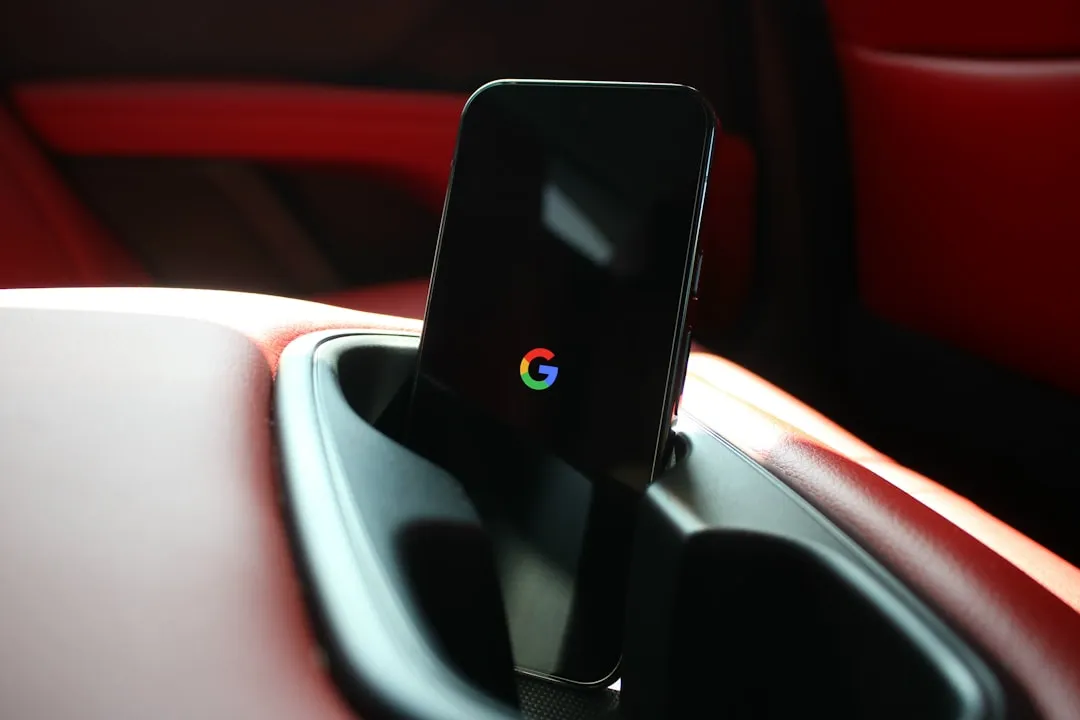



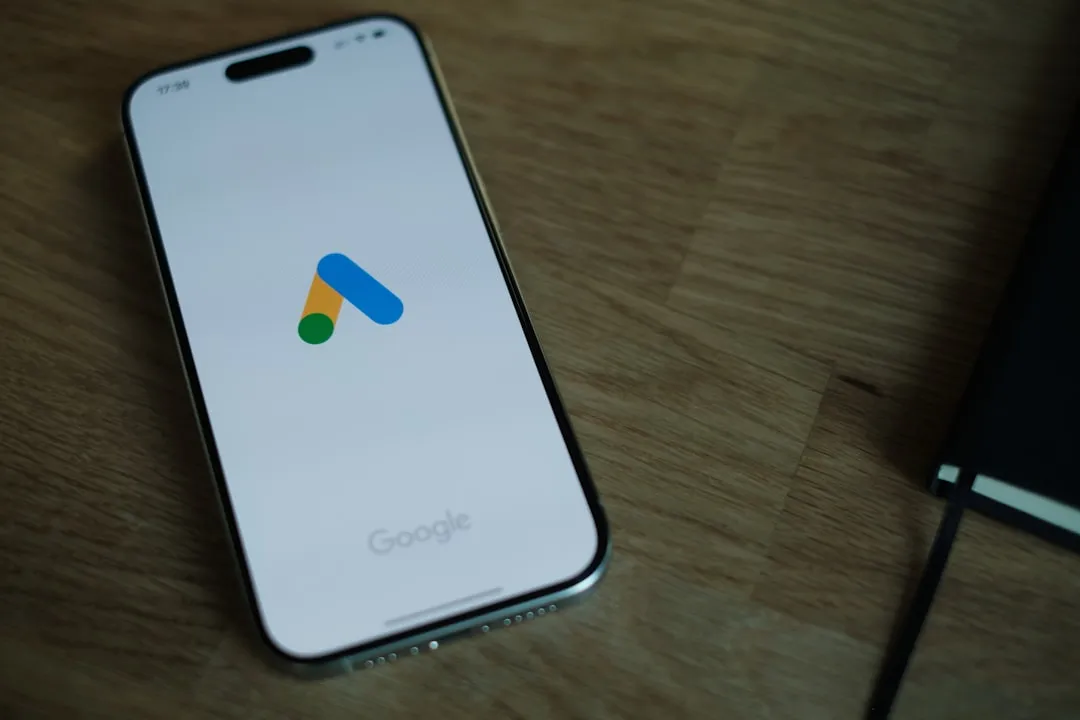

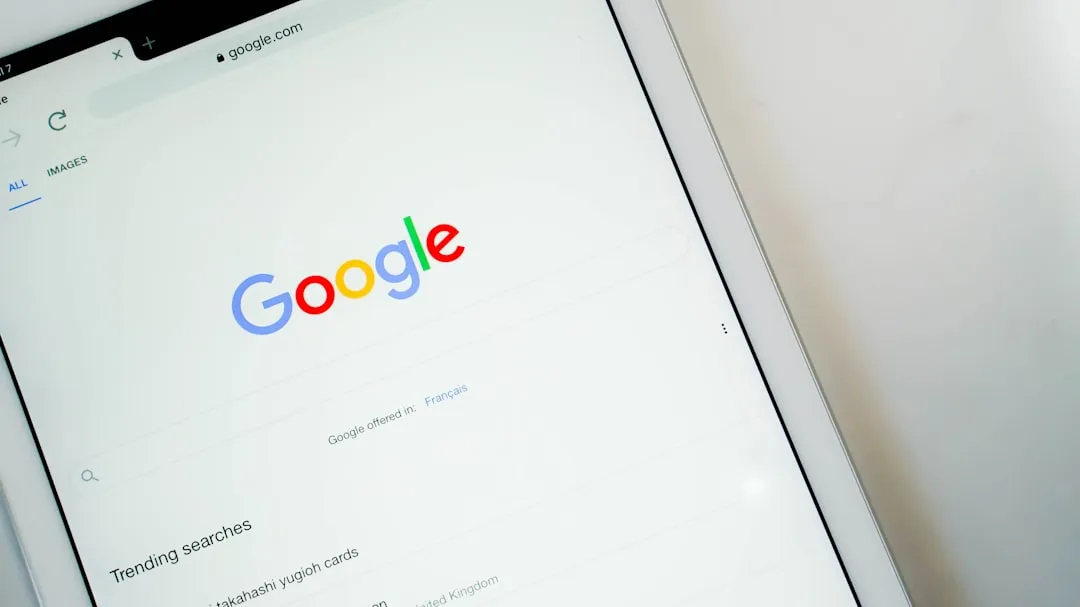
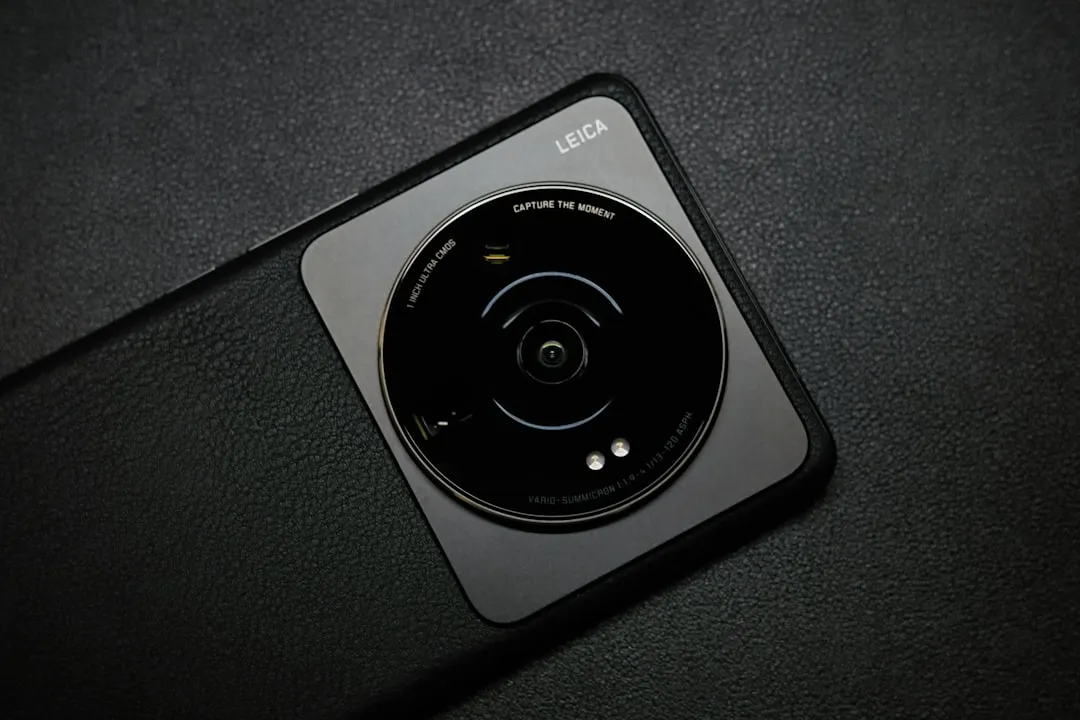

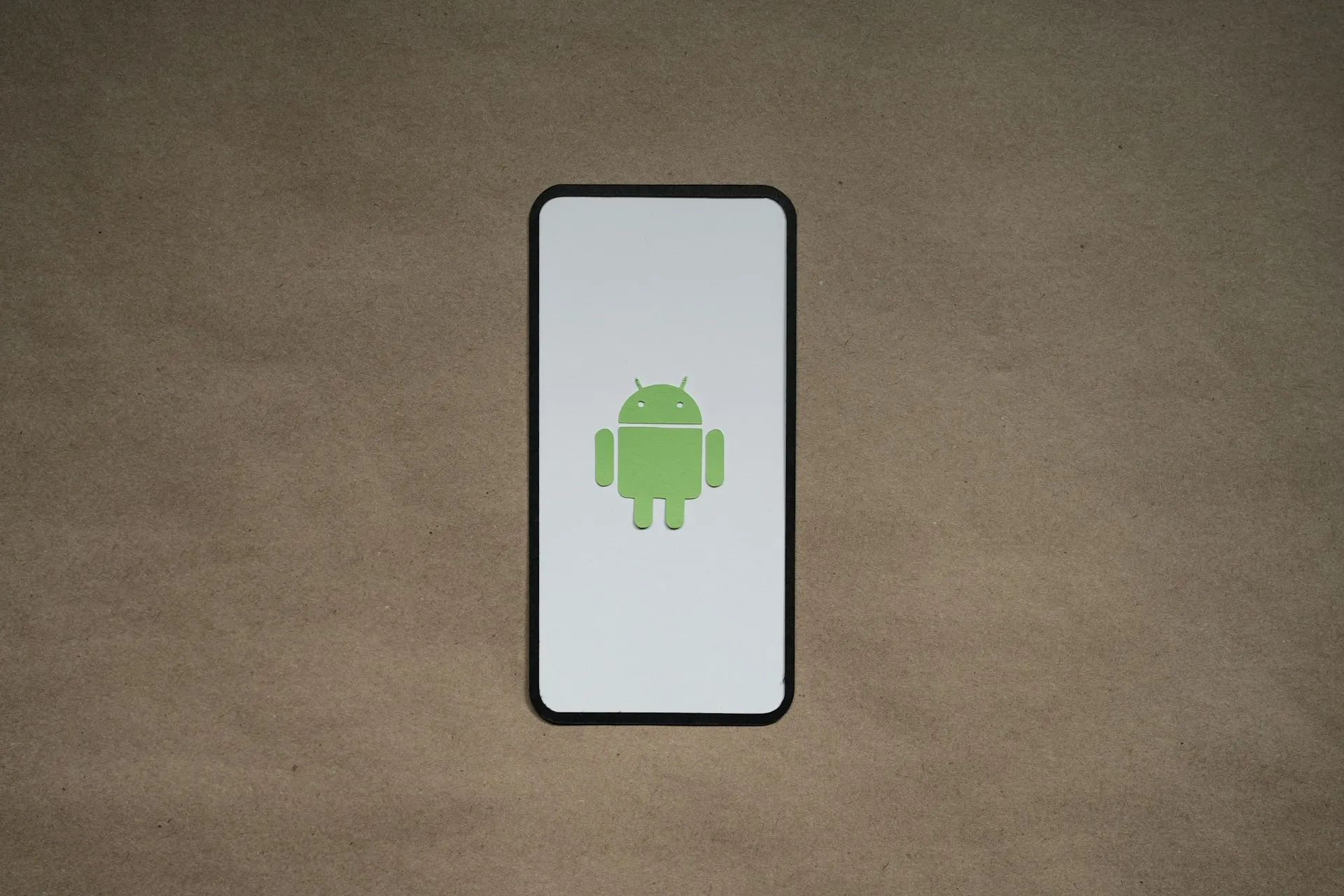

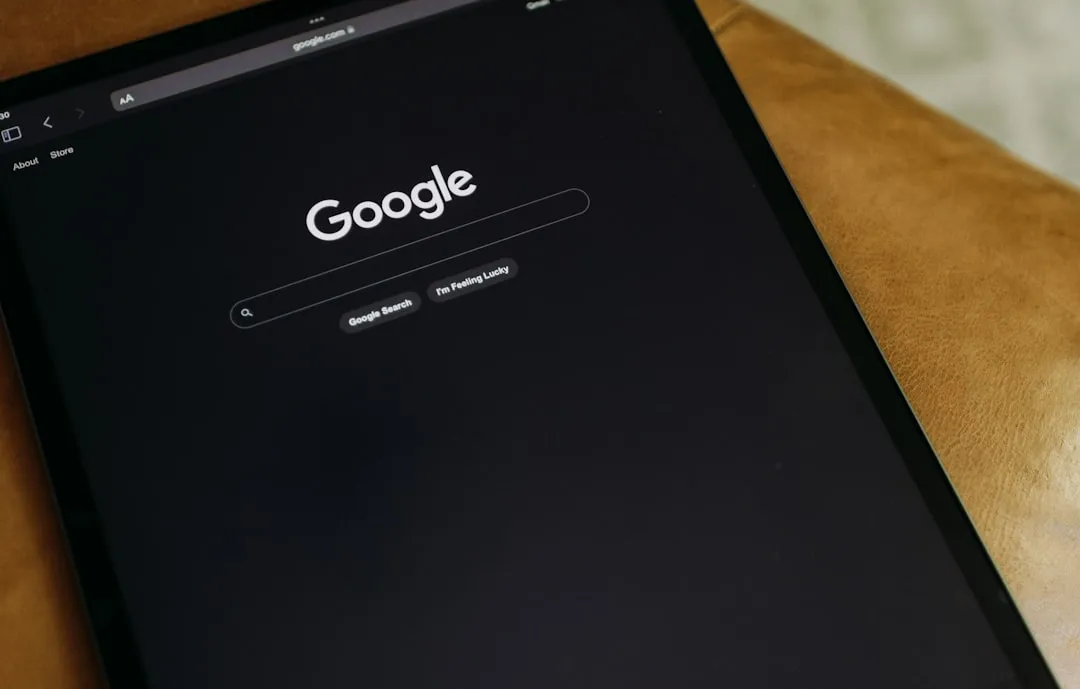
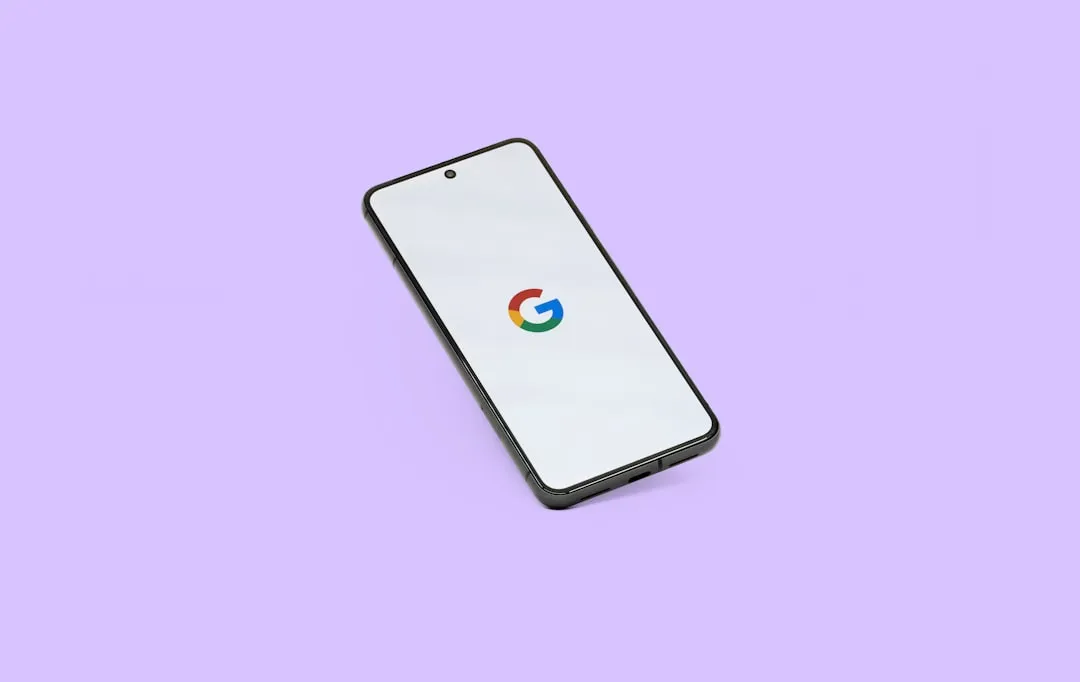
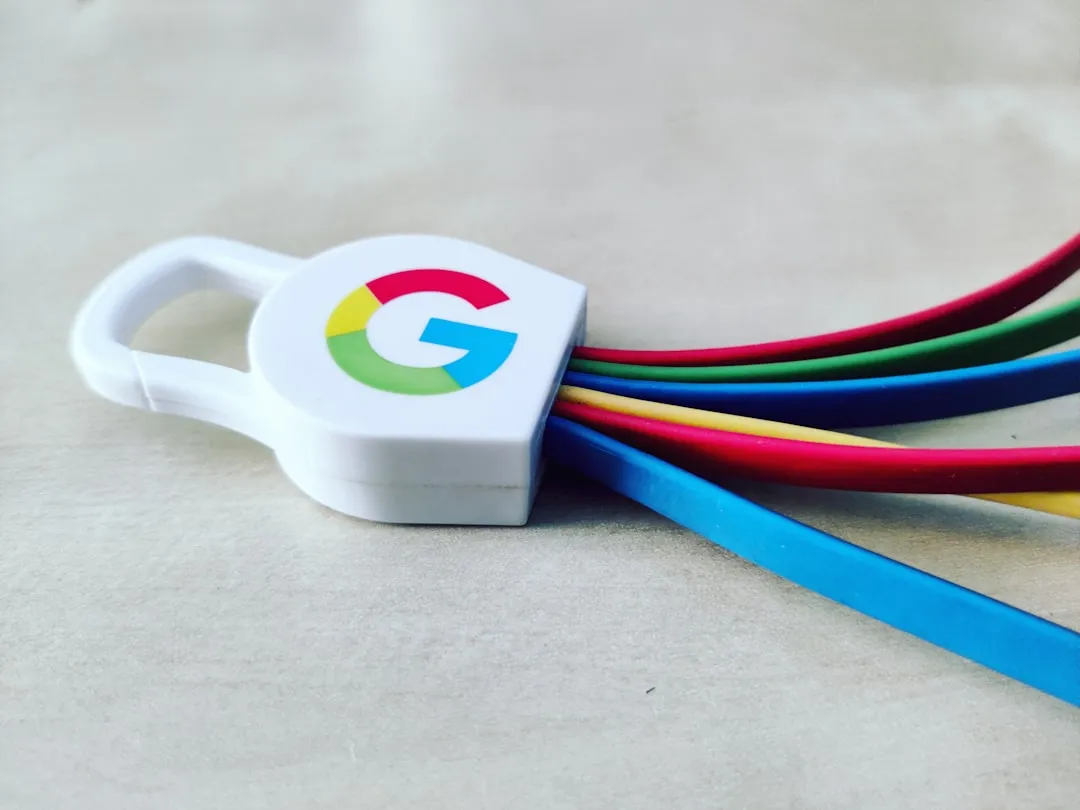

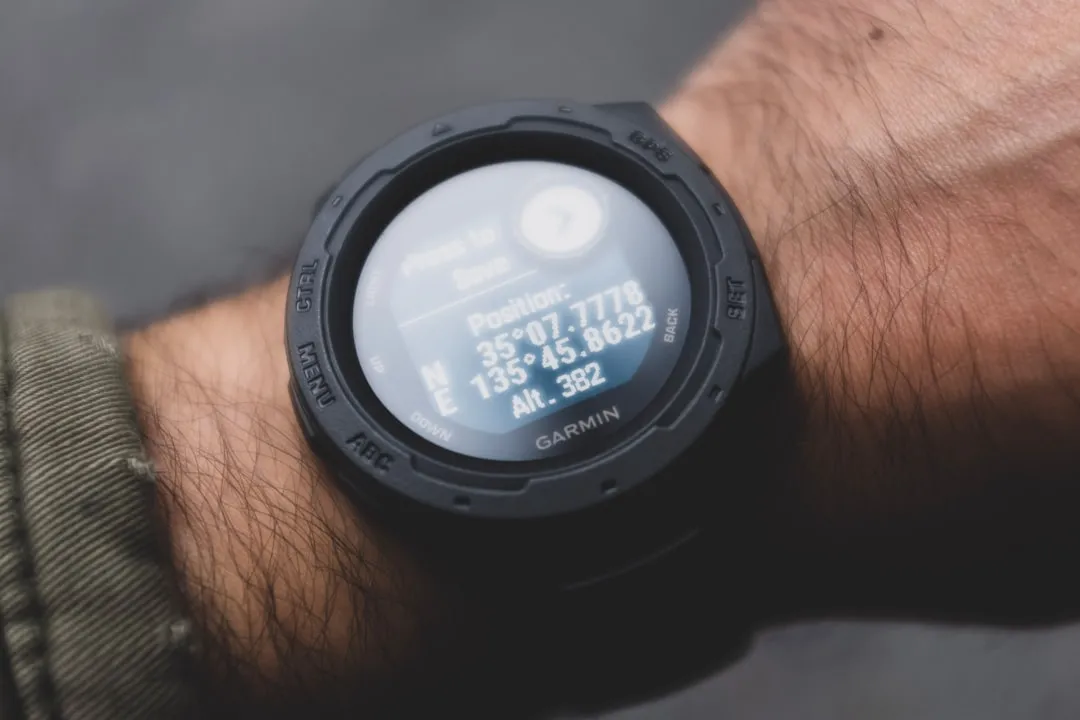
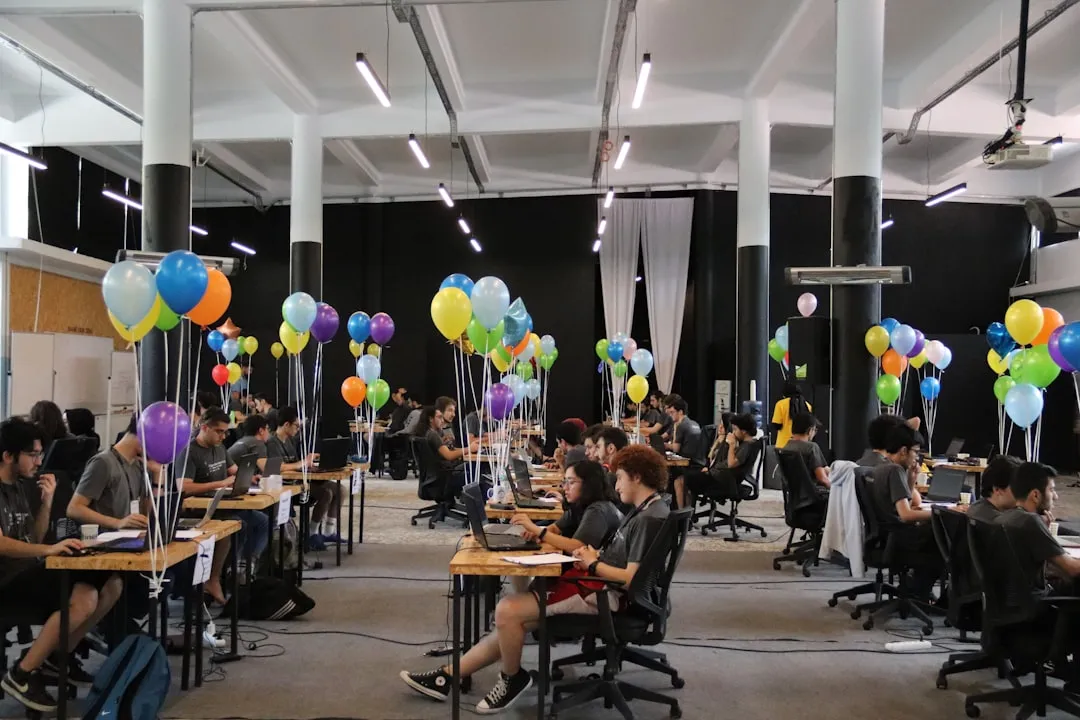
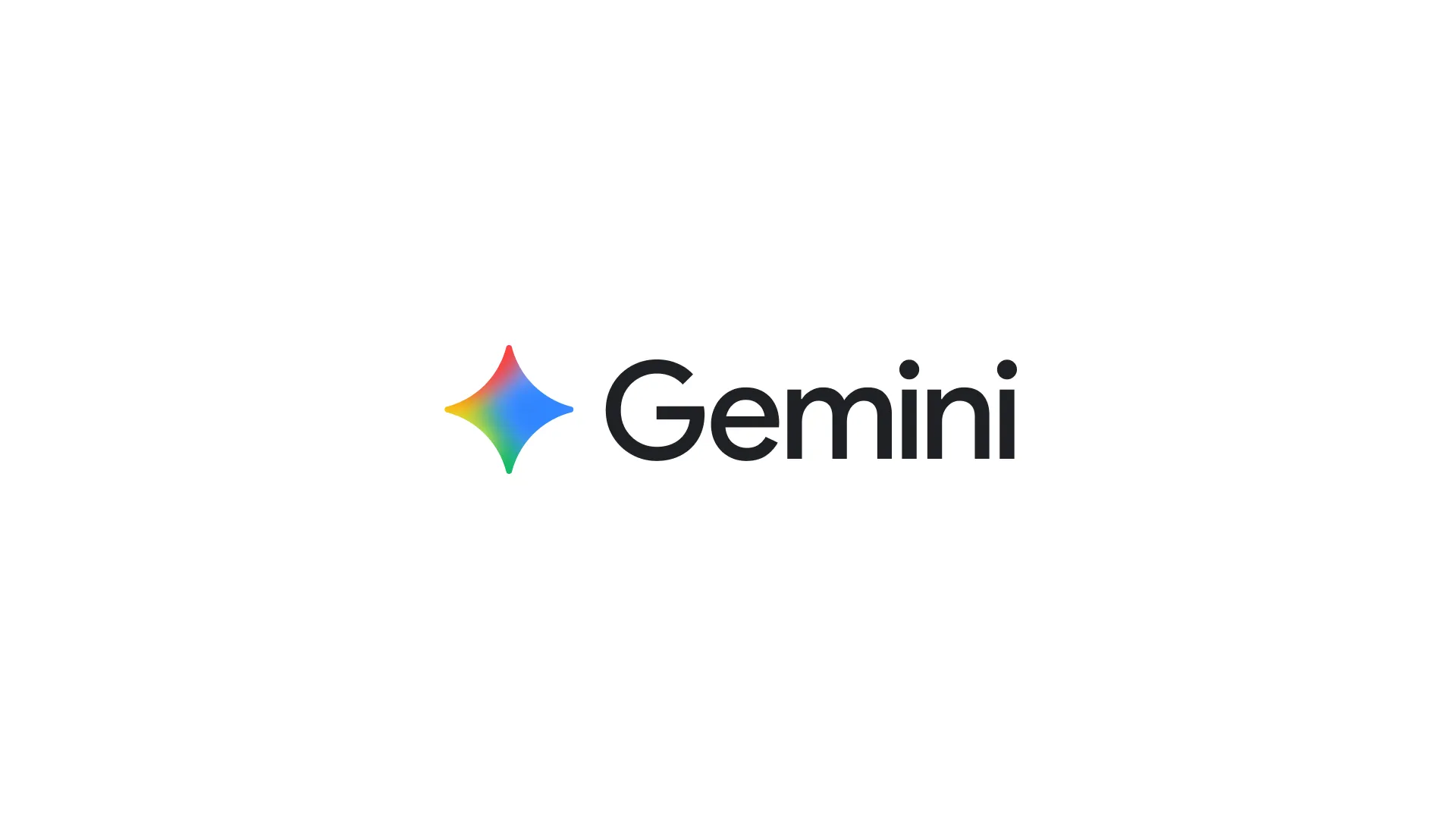
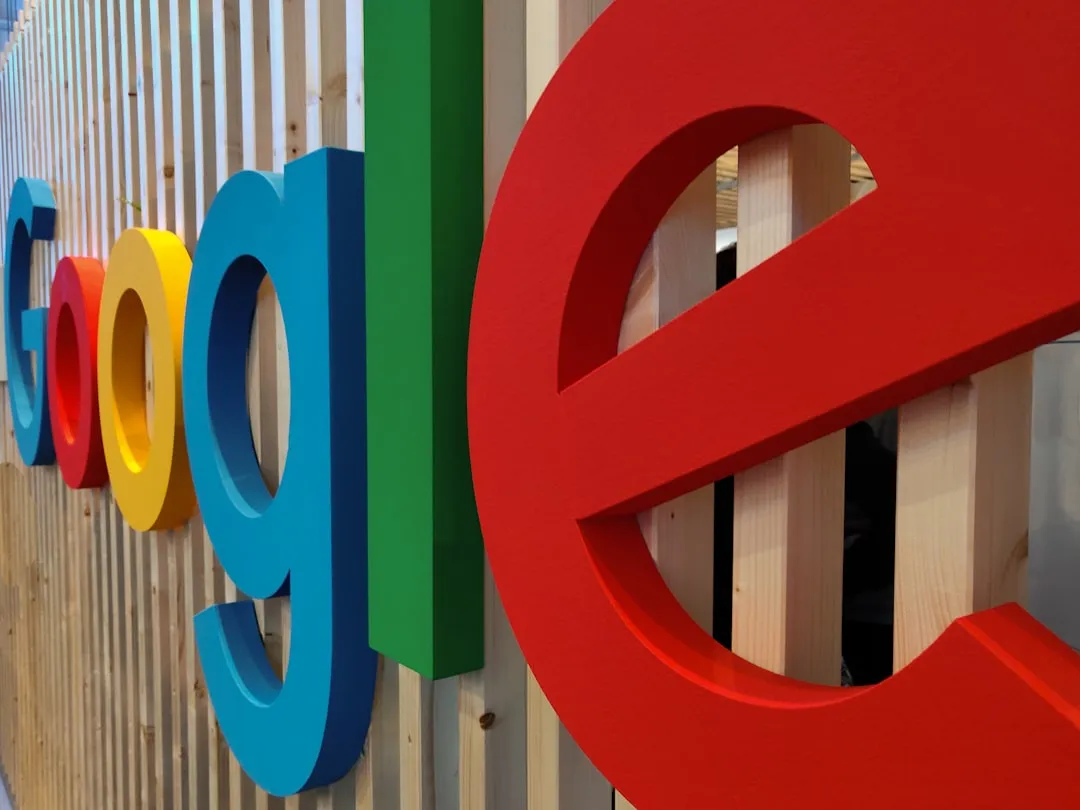
Comments
Be the first, drop a comment!